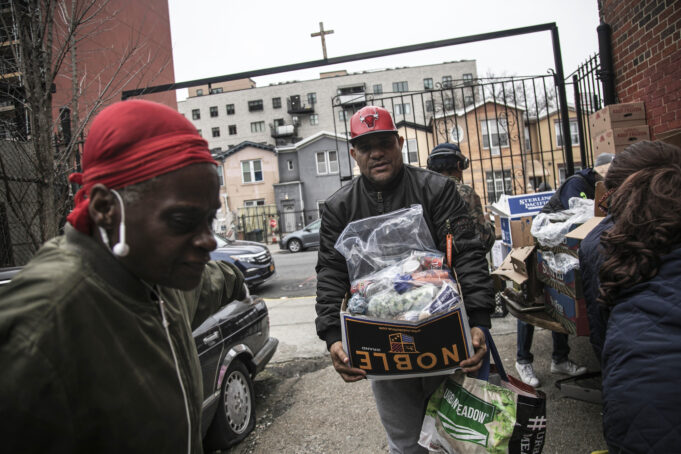Around the country Covid-19 has impacted the food-supply chain causing disruptions in deliveries, shortages in products and sent millions of people to long lines at food banks. One year into the pandemic, food insecurity continues to grow with people who never thought they would visit a food bank becoming regular visitors—and almost every major food producer still trying to figure out what comes next and how to survive.
Access to food is an increasing concern, Feeding America reported in a March brief, “The Impact of the Coronavirus on Food Insecurity in 2020 & 2021.”
“The pandemic is not yet over, and the future remains tenuous (very weak) for people who have experienced uncertain access to enough food for their families. It is likely that it will take time for food insecurity levels to recover,” the report said.
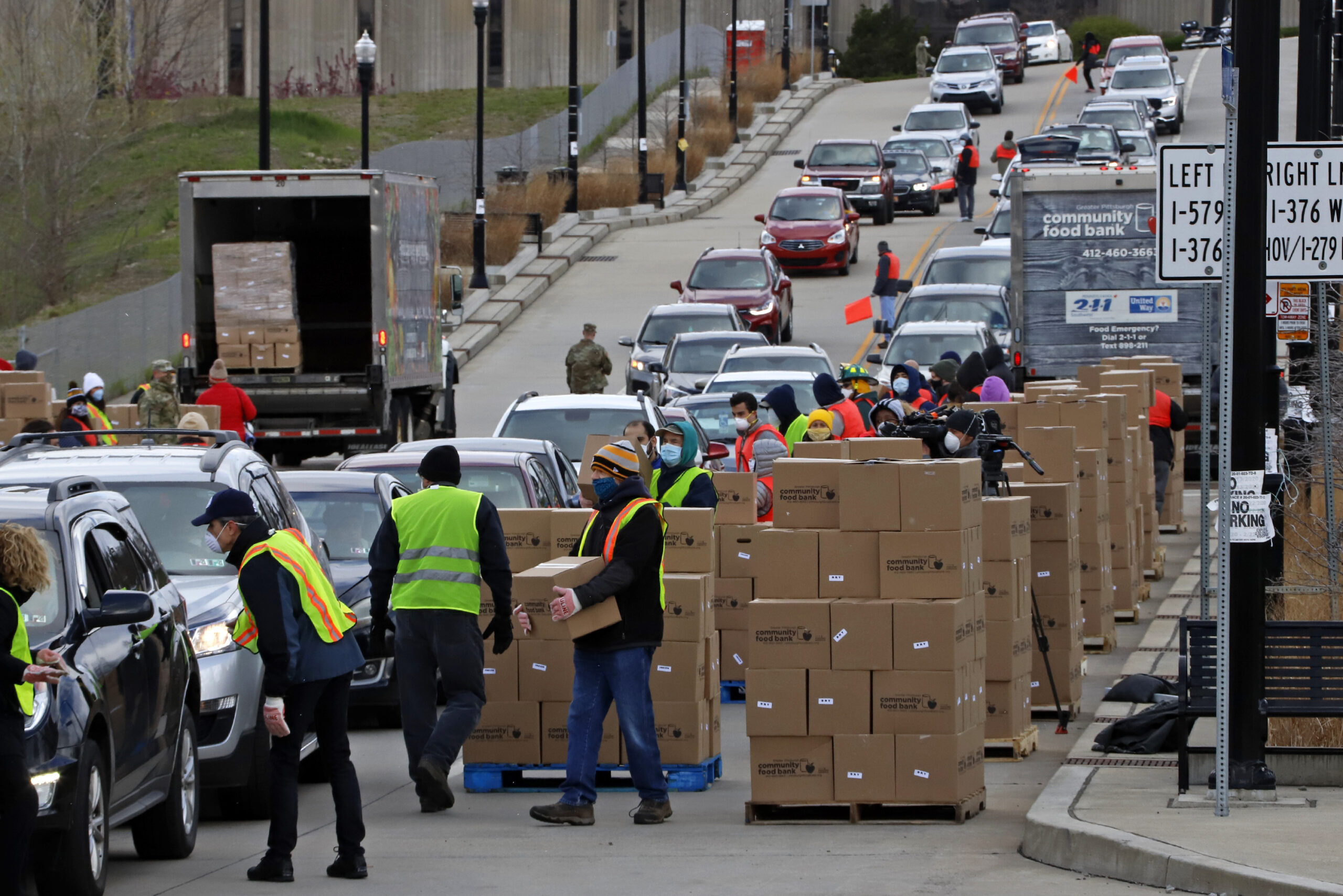
America had a food insecurity problem before Covid-19. That means many people did not have the ability to get enough food, places to get food or the money to meet basic needs, like paying for food. “Though food insecurity is closely related to poverty, not all people living below the poverty line experience food insecurity and people living above the poverty line can experience food insecurity,” observed Feeding America, a group that promotes access to food and ending hunger in the United States.
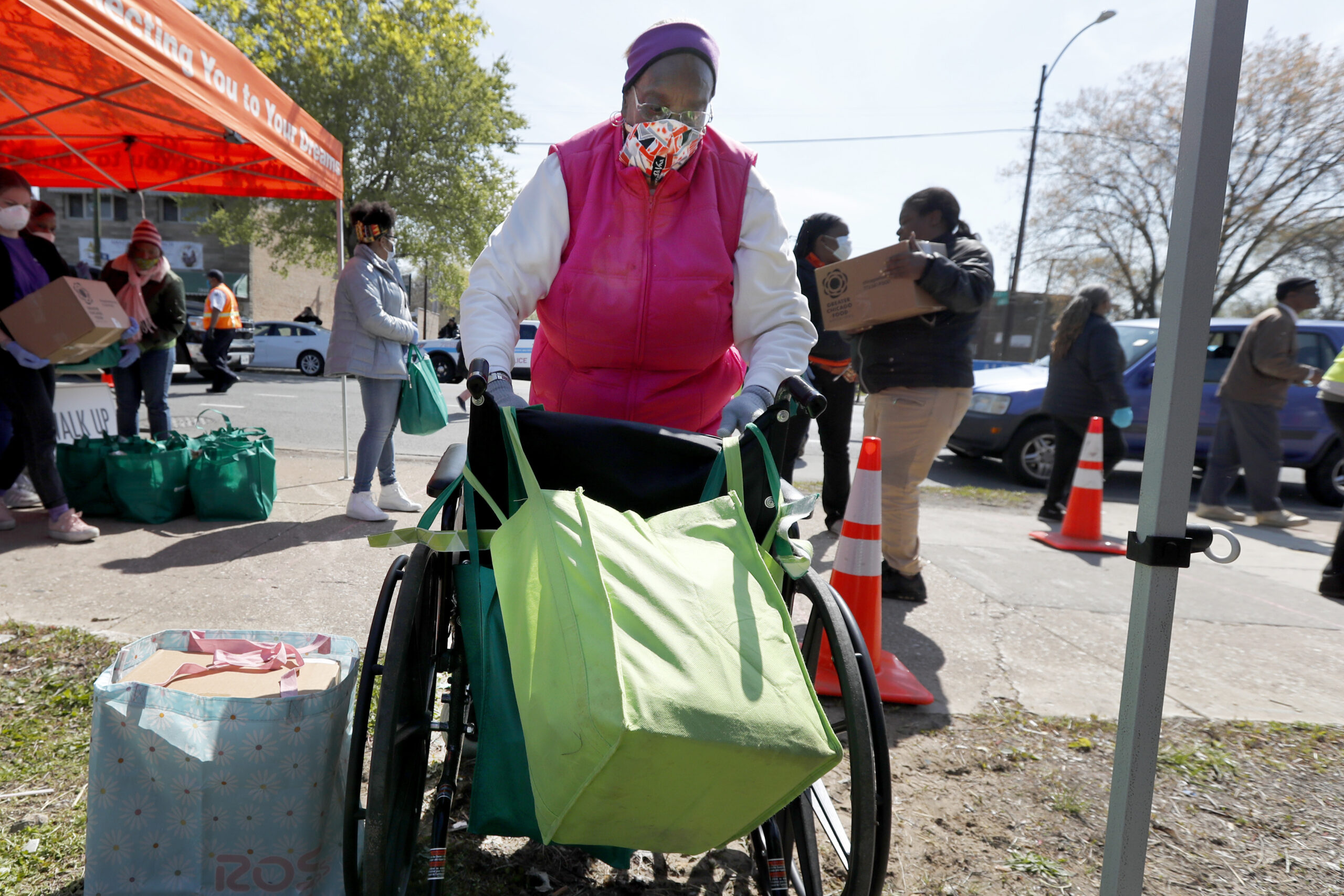
Food insecurity revealed significant racial disparities before Covid-19 struck. The pandemic only made things worse. Feeding America projects 42 million people, 1 in 8 Americans, including 13 million children, or 1 in 6, may experience food insecurity in 2021 due to Covid-19. Twenty-one percent of Blacks, 1 in 5, may experience food insecurity in 2021, compared to 11 percent of Whites, 1 in 9.
In Baltimore, We Are Us, a community-based organization, responded to the growing need for food at the onset of the pandemic. The group took food to the neediest people in several parts of the city, hitting the East, West and South sides.
“At the close of 2020 we’d given out 1.5 million pounds of food with two to three food deliveries every week, from March last year right into the end of the year. We’re all over the city,” Pastor Derek Hall, the group’s director of outreach, told The Final Call.
“We are serving Black, Brown and White people in need. Whoever comes up to our truck in need, that’s who we serve in East, West and South Baltimore. We schedule a time, let the community know we will be there and bring the delivery truck. The people come and we give out food until it’s all gone. We recognized early this need for food. The pandemic shaped where we go.”
The group gets food from multiple sources including the U.S. Department of Agriculture, Baltimore City, Amazon and J.C. Faulk, founder of Circle of Voices and food distributor Blessings of Hope.
“We are looking for additional distributors to meet the growing need. We have continued this year with increasing numbers of families getting in line. You may think it’s just poor people who are getting food from our food bank but that’s not true. We see people leaving their jobs at Johns Hopkins University (a premier university that maintains daily U.S. Covid-19 numbers), getting in their fine cars and driving up to pick up our food boxes. The demand is not slowing down. The demand is growing.”
Lines of cars have been seen in media nationwide as people and families who have lost jobs due to the pandemic, loved ones too sick to work, loved ones who have died due to the virus and any number of other crises that brings them to need help with food.
In Chicago at Mosque Maryam, the National Center for the Nation of Islam, there is a monthly free community food bank. “We call the people we serve our guests or customers. We’ve seen them grow and we’ve seen a diversification as far as the ethnicity of our customers and clients are concerned. We did this for years before Covid-19,” Eugene Khaan, food bank manager, told The Final Call.
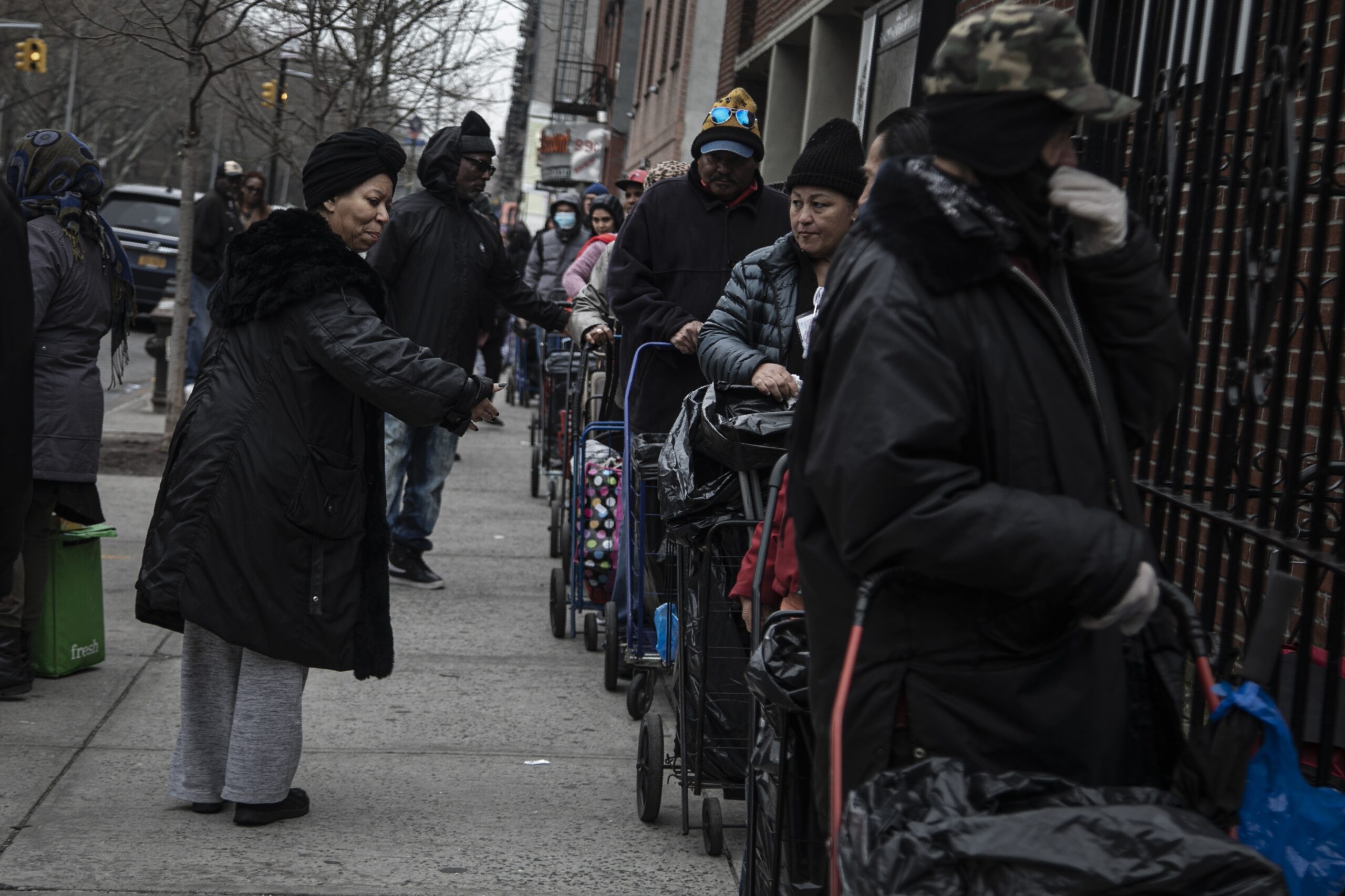
“We offer fresh produce from grapes, tomatoes, vegetables, fruits, pastries, and bakery products to our customers. This year brought on a new partner, the Chicago Furniture Bank. I’m proud to say that we have provided furniture for housing apartments for three families this year at no cost to the families.”
The food bank, located on the South Side of Chicago, has also grown to meet increasing demand.The food bank, located on the South Side of Chicago, has also grown to meet increasing demand.
Manufacturers, producers and supply chains suffer
At the beginning of the pandemic many people experienced food insecurity for the first time in their lives. There were supply chain disruptions all over the country. Trucks sometimes didn’t roll and sometimes store shelves were sparse or some shelves were empty. Problems didn’t end with questions about food deliveries, fears grew as Americans wondered if they could get Covid-19 from factories where there were outbreaks among workers or where food was produced.
This fear was caused by Covid-19 outbreaks among slaughterhouse and chicken processing workers around the country that temporarily closed plants. Last May, the United Food and Commercial Workers International Union reported more than 10,000 workers had been infected or exposed. In Virginia, at Final Call presstime, a total of 17 Covid-19 outbreaks were identified in meat and poultry processing facilities with 1,306 Covid-19 cases, 53 hospitalizations and nine deaths.
Last August the U.S. Centers for Disease and Prevention, Food and Drug Administration, U.S. Department of Agriculture and the World Health Organization announced that there was no evidence to support transmission of Covid-19 associated with food and there were no reports at that time of any human illnesses that suggested the virus could be transmitted by food or food packaging.
But almost overnight 46 percent of the food service industry disappeared. With lockdowns across the country, restaurants closed. Schools closed. Food that normally went to those sources was now stuck on farms.
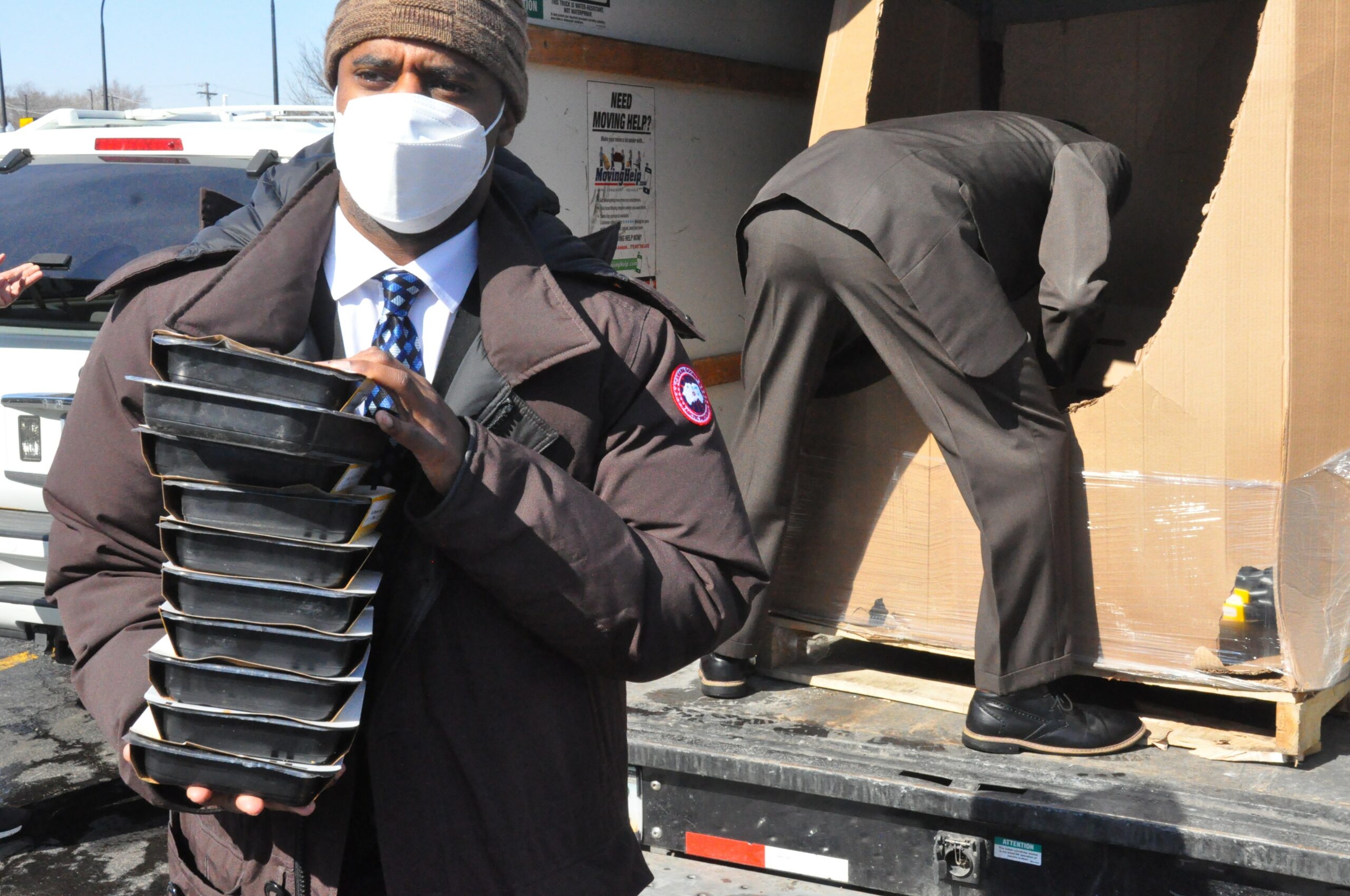
Some food service programs at Title 1 schools continued during the shutdowns so children would still have access to meals. Title 1, a $15.9 billion expenditure, is the largest federal program that provides assistance to schools where at least 40 percent of the students are low income. Assistance is based on student enrollment, the free and reduced lunch percentage for each school, and other data.
Nationwide, some 50,000 public schools (14.9 million or 64 percent of students) from preschool to high school receive Title 1 funds. Fifty eight percent of all public schools in the U.S. receive Title 1 funding. According to data analysis from the National Equity Atlas, in about half of the largest 100 cities, most Black and Latino students attend schools where at least 75 percent of all students qualify as poor or low-income under federal guidelines.
“Food service orders went to nearly zero,” said Phil Plourd, president of the Services Division of Dairy.com at a Mississippi State University virtual program and discussion of “Food Supply Chain Disruptions During the Covid-19 Pandemic: Lessons Learned and Future Implications.”
“Three hundred fifty million pounds of milk were dumped in April. There is a clock on milk. It spoils. Schools have an issue; eight percent of dairy sales go to schools. With schools closed this has been a problem. Twenty one percent of schools are still in virtual mode but lunch has still not recovered.”
This sudden and immediate supply chain disruption at schools, universities, restaurants, workplace cafeterias, airports, the travel industry and other places forced some producers into the heart-wrenching position of having to euthanize their animals as a last resort. With no place to sell chickens or cattle, growers were looking at going out of business by having raised animals they could no longer sell.
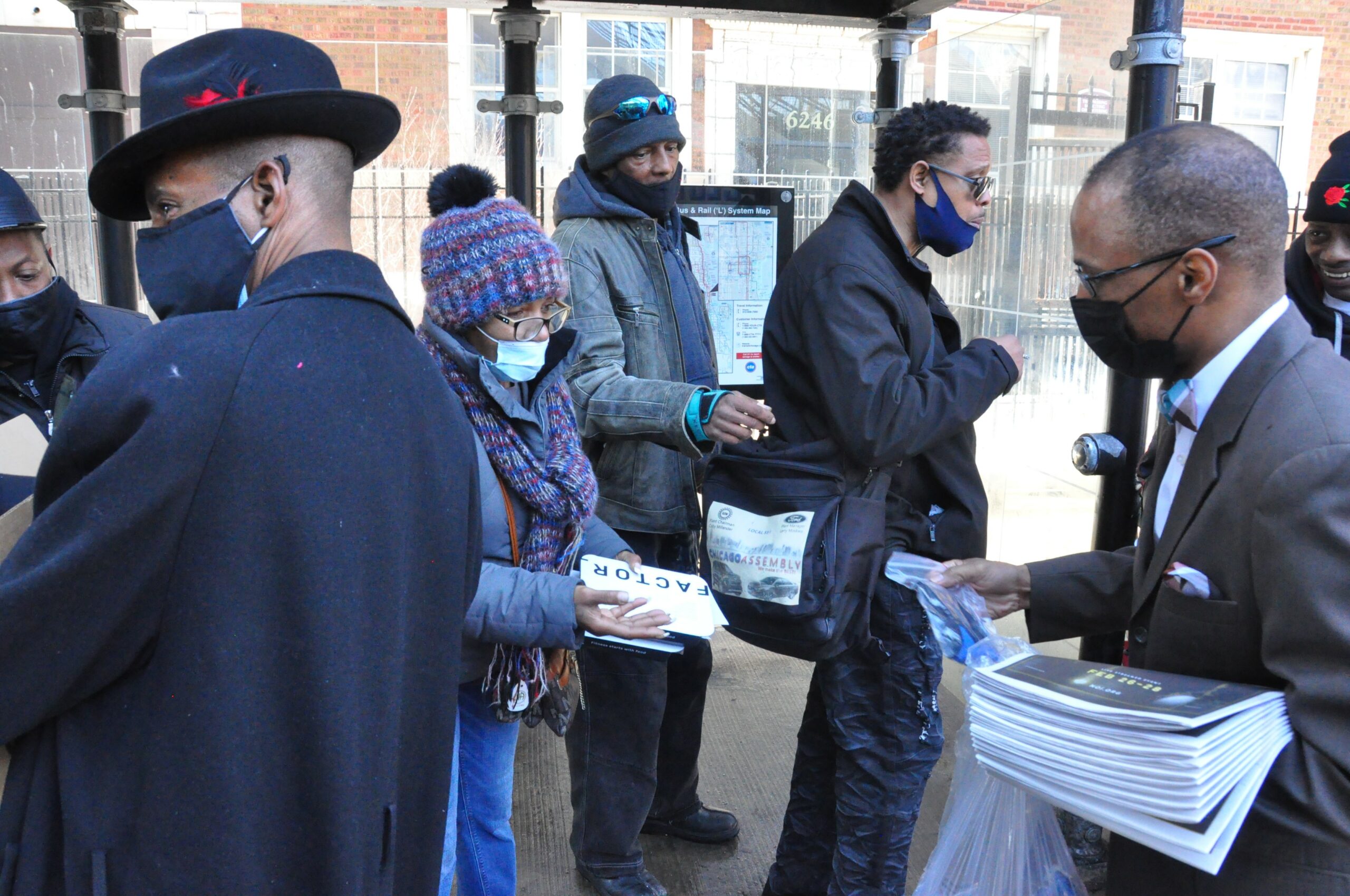
In May 2020, ten million hens were estimated to have been “depopulated” despite six mile long lines at some area food banks. Closed plants meant the animals could not be killed for food.
By June 2020, some 580 farmers had file for bankruptcy, unable to sustain the major losses due to Covid-19. Farmers had to plow under thousands of acres of vegetables, and corn. Prices tanked as Americans stopped driving, cutting the price for ethanol, a corn-based biofuel blended with gasoline. The price for cattle dropped as meatpacking plants became virus hot spots that slowed or stopped production.
The cattle industry is slowly coming back as restaurants start to reopen with in-room dining. The industry was decimated at the beginning of the pandemic. By April, its losses were an estimated $13.6 billion and the numbers continued to climb.
Closed meat processing factories forced owners to look to upgrade and improve conditions for worker safety to prevent additional outbreaks as well as look for new ways to get their products to consumers.
The pandemic changed everything. Small farmers who were used to taking their livestock to commercial processors were suddenly inundated with requests from family and friends for direct sales.
“We’re working overtime to try and keep up with the demand that exists from people buying direct, buying in bulk, just wanting to know where their food comes from,” Tyrone Gustafson told Civil Eats. He owns a small Iowa slaughterhouse and butchering facility, Story City Locker.
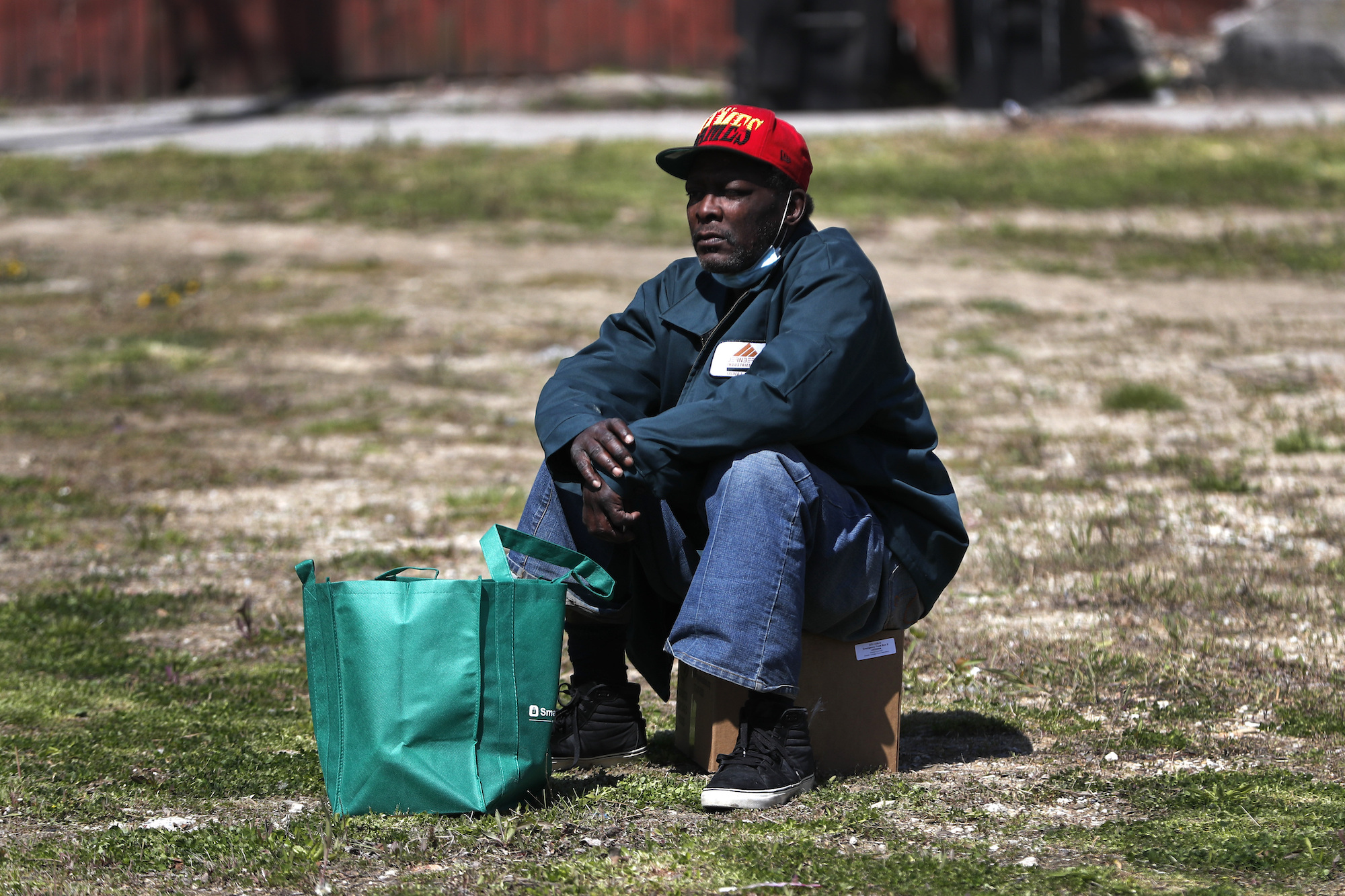
The U.S. Department of Agriculture opened new sales channels for Iowa farmers who use slaughterhouses. The Cooperative Interstate Shipment program promotes the expansion of business opportunities for state-inspected meat and poultry establishments. Under CIS, state-inspected plants can operate as federally-inspected facilities, under specific conditions, and ship their products in interstate commerce and internationally.
The CIS program is limited to plants located in the 27 states that have established a Meat and Poultry Inspection Program and maintain standards “at least equal to” federal regulatory standards.
This program allows small butchers to work together and service their communities.

The pandemic shined a light on meatpacking industry inequities. Four firms, Tyson Foods Inc., Cargill Inc., the JBS USA unit of Brazil’s JBS SA and National Beef Packing Co., control more than 80 percent of the beef processing market. Further, federal laws that require large animals to be processed at a slaughterhouse under the supervision of a USDA inspector left many small meat producers nearly out of business.
The Biden administration announced March 24 the allocation of $12 billion for Pandemic Assistance for Producers, which will help farmers and ranchers who previously did not qualify for Covid-19 aid and expand assistance to farmers who have already received help.
Pandemic Assistance for Producers will establish new programs and efforts to bring financial assistance to a broad set of farmers, ranchers, and producers who felt the impact of Covid-19 market disruptions.
More than 110,000 eating and drinking establishments closed for business temporarily or permanently last year with nearly 2.5 million jobs lost from pre-pandemic levels, according to the National Restaurant Association. Restaurant and foodservice industry sales fell by $240 billion in 2020 from an expected level of $899 billion.
Many cities are reopening the restaurant industry slowly and increasing numbers for legal in-person dining. But alongside food delivery services, increasing numbers of people are interested in drive up and curb side services for meals and groceries to continue social distancing. Other services will shop and deliver groceries but that service comes with added fees and costs.
The pandemic produced a new normal where widespread use of takeout and delivery services have become a part of people’s routines. In the National Restaurant Association’s 2021 State of the Restaurant Industry Report, 68 percent of consumers were more likely to purchase takeout from a restaurant than before the pandemic and 53 percent of consumers said takeout and delivery was essential to the way they live. Other key takeaways from the report:
64 percent of delivery customers prefer to order directly from the restaurant and 18 percent prefer to order through a third-party service.
72 percent of adults say it’s important their delivery orders come from a location that they can visit in person—as opposed to a virtual kitchen space.
The report revealed the restaurant and foodservice industry were projected to provide 15.6 million jobs in 2020 representing 10 percent of all payroll jobs. The pandemic caused staffing levels to fall across all restaurant and foodservice areas with restaurant employment below pre-pandemic levels in 47 states and D.C. Key figures on the restaurant workforce include:
62 percent of fine dining operators and 54 percent of both family dining and casual dining operators say staffing levels are more than 20 percent below normal.
There are nearly two million fewer 16-to-34-year-olds in the labor force, the most prominent age cohort in the restaurant industry workforce.
Restaurants were hit harder than any other industry during the pandemic, and still have the longest climb back to pre-coronavirus employment levels.
All this means job losses, especially for adolescents and young adults, higher prices for people like seniors to get the food they need with delivery services sometimes as high as $10 and more and continuing long lines at food banks.
As the food industry recovers, families will also find higher food prices for eggs, fish, poultry, and meat (4.4 percent), as well as milk and other dairy products (3.8 percent) due to higher gas prices, said industry projections.
Do for Self
From backyard gardening to raising chickens to baking bread, the pandemic has encouraged Americans to do something for themselves. Empty grocery shelves due to food supply disruptions, stay at home orders and teleworking has added to the desire to do something with spare time families found themselves with.
Brecks Flower Bulbs analyzed retails sales in 2020 and found which retail sectors had the largest spikes and drops due to the quarantine. Their study found the “gardening industry saw an incredibly healthy spike in revenue, despite Covid-19, sales revenue for the building material and garden retail sector actually increased by 8.6 percent between Spring 2019 and Spring 2020.”
Jennifer Davis was sent home from her job as a consultant with the federal government in March 2020. She began teleworking in Northern Virginia and had more time than she was used to. “I started growing tomatoes and broccoli in my backyard. It was my first garden and I was loving every minute of it,” she told The Final Call. “There were shortages at the grocery store and I had the space in my backyard. That was last year. This year I’m expanding and growing even more things.”
“My neighbor is helping me and we are planning a community garden since I have all of this space. We don’t know when something like this will happen again but we will be ready with food we grow ourselves. We are even canning. My grandmother taught me how to do that.”
About 50 miles outside of D.C. in Damascus, Md., Rhonda Perry has a chicken coop with three chickens.
“I really got them for the eggs. I went to the store and I could only get one carton of eggs. I was stunned. What was going on? I immediately searched for chickens. I have the backyard space and now my friends want fresh eggs too. I want to be able to have eggs when I want them and not have to worry about the next time when things get scarce because I know the next time is coming. I want to be ready.”
Covid-19 brought Americans back to the kitchen. Social media was awash with cooking pictures and classes. Viewers could choose and find a class, how to or someone with guidance to get cooking done. Food shortages also forced families to learn how to make meals with what was in their pantry.
For others, like members of the Nation of Islam, it meant storing and canning food for tough times prophesized to strike America.
Nation of Islam Minister Louis Farrakhan, speaking July 4, 2020, and delivering a special message, “The Criterion,” warned the deadly coronavirus is a God-sent pestilence and neither America, China nor others will escape its grip. “You don’t know this virus, it mutates and goes into different directions with a different strain of itself,” he said. The Minister also warned famine was coming to America in association with the coronavirus. He has continued that warning in other messages since last summer.
You have planned death for others and now God is unleashing death on you, Min. Farrakhan said last summer. “We need to call a meeting of Black epidemiologists, virologists, students of biology and chemistry to look at what they give us and we need to give ourselves something better,” he added.
Dr. Ridgely Muhammad runs the 1,556 acres at Muhammad Farms in Georgia owned by the Nation of Islam. The farm grows vegetables like broccoli, eggplant and green beans as well as fruit like watermelons and cantaloupe. Covid-19 brought an increase in customers who wanted to know exactly where their food was coming from and know that it was pure.
He told The Final Call, “We make whole wheat flour, whole wheat pastry flour, cream of whole wheat muffin mix, cream of whole wheat buttermilk muffin mix and more. It’s been challenging to get people back into cooking and baking until people went to the grocery stores and there were no dry beans or flour.
“Covid-19 scared people to death but actually brought them back to life. Now they’re trying to cook. They’re trying to think. We’ve had four times the orders for flour and our other staple goods like navy beans, lentils, raw sugar, soap, salt and coffee. It almost literally broke our backs to try to get all the orders out, but we did it.”
(Final Call staff contributed to this report.)












